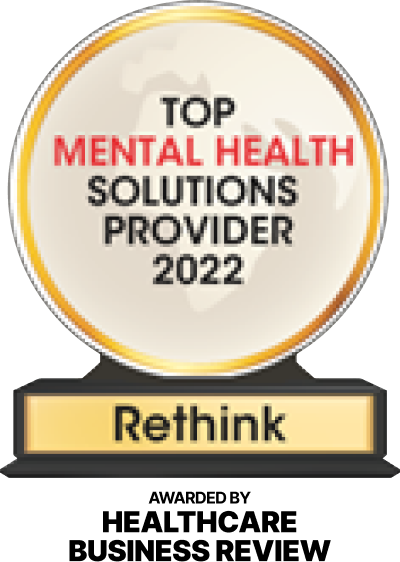If you’re feeling stress and anxiety during the COVID-19 pandemic, know this first: you’re not alone. With many employees working from home for the first time, some learning to parent, educate and stay productive in work simultaneously, and others potentially recovering from the virus, there are plenty of reasons you could be feeling anxiety coming on.
RethinkCare is here to support you through it. Read on for our top tips and tricks for maintaining your resilience through the Pandemic.
Take a Deep Breath
If you feel yourself becoming overwhelmed, stressed or anxious in your workday we recommend the SBNRR practice:
- Stop: Investigate what you are experiencing with a curious, kind and open mind.
- Breathe: Calm the mind and relax your nervous system.
- Notice: What emotions, thoughts and sensations are present? What are you feeling and why?
- Reflect: How would you like to respond in a way that would be helpful and kind?
- Respond: Respond out of choice instead of compulsion. You are in control.
This is a potent practice to interrupt the wandering mind and bring yourself back to a point of calm and focus.
Schedule Breaks and Take Them
90% of employees who take regular lunch breaks are more productive than those who don’t. It’s tempting to squeeze in as much as possible in your day but that’ll leave you drained and stressed. In the morning when you’re mapping out your day, be intentional about scheduling breaks in your calendar. Most importantly, actually take those breaks. Consider using RethinkCare for a mindfulness practice, or take a short walk to get outdoors.
Whatever you decide to do for your break, try to avoid social media and reading the news – especially right now. Find an activity that calms your body and relaxes your mind vs. the opposite.
Leaders’ To Do: Take regular brain breaks and encourage employees to do the same. We recommend 5-10 minutes for every hour worked. Respect other’s break time and allow them to recharge without interruptions.
Learn to Say “No” or “Not Right Now”
Being the “yes person” in the office offers a great feeling of capability and value, but can also be exhausting. Consistently sweeping in to save the day is time-consuming and eventually, your coworkers may find it easy to take advantage of your kindness. Practice saying “no” (politely) or saying “not right now” without guilt. Warning: this can be very difficult for certain personalities and will take some getting used to.
Leaders’ To Do: While you can’t police employees to say no, make it a point to cultivate a culture of accountability to help prevent situations where one team member is consistently the catch-all when last minute items come up.
When You’re Off the Clock, Be Off the Clock
Easier said than done, right? Prevent burnout by protecting your personal time. Researchers at Lehigh and Colorado State Universities found that employees who read their emails at home had worse health and greater anxiety levels, as did their partners in comparison to those who did not read their emails at home.
Make an effort to limit how often you check your email outside of work hours. Your personal time is for recharging, so you can be inspired to go back to work with a positive attitude. If it must be done, schedule a time for checking emails outside of work hours, like after the gym or right before bed. Your family will thank you for compartmentalizing your work and making them a priority at home.
Leaders’ To Do: Things come up and it’s not always possible to leave work completely behind. If it can wait until tomorrow, leave it be. If it can’t, let employees know the signifiers like URGENT or NEEDS ATTENTION in the email subject line.
Take Sleep Seriously
Did you know an estimated 60 million Americans do not get sufficient sleep? 72% of managers noted difficulty concentrating on tasks because of lack of sleep. And that’s without the impact of a global pandemic.
Sleep quality is an indicator of overall health. Don’t cut your sleeping time short as it is an essential time for the body to restore. Most adults need seven to nine hours of sleep. However, the national average is just 6.8 hours/night. Here are some tips for a better night’s rest that you may want to pass on to your team:
- Refrain from using electronics an hour before bed
- Sleep in a very dark room. Turn off lamps and night lights. Invest in heavy curtains.
- Keep your room cool. Between 65 and 68 degrees is best.
- Buy a mattress you adore. You spend a lot of time in your bed; you should feel as comfortable as possible.
We know there will always be stress in the workplace, but that doesn’t mean you can’t take steps to set yourself and your employees up for success. Like any skill, reducing stress takes practice with tips, techniques and go-to moves that you can perfect over time. One small technique at a time can help improve your work environment to result in a more productive team, less turnover and increased company morale.











